A guide to accomplishing your first alpine climb
Views like these are your rewards
The Tour de France and La Course by the Tour de France (womens version) is over for another year. The incredible exploits of Chris Froome winning his fourth successive TDF and Lizzie Deignan flying the flag for womens cycling hopefully inspiring even more people to challenge themselves psychologically and physically to give cycling up big mountains a crack!
It’s possibly one of the most fulfilling aspects of cycling to reach the summit of a mountain and experience those breath-taking views and the freedom of being removed from civilisation.
Here are a few quick tips to help you on your way.
The Parcours (the route)
Know your route! Make sure that if you are expecting a 15km ride with 7% average grade halfway through the ride, and when on the climb where are the areas where you can recover and where does it really ramp up i.e. where are you going to suffer!? Knowledge of the climb allows you to pace yourself.
Weather
Weather in the mountains can change rapidly and can be glorious over one side of the valley and in the other; you think you may need Noahs Arc. Living in the mountains year round there is only one website I trust and that’s YR.no . It's Norwegian so it must be good!
Clothing
On the climb you will more than likely hot, sweaty regardless of the ambient temperature, but once you stop you may fell the chill at the top. A rule of thumb is as you climb every 100m you will lose a degree in temperature. It could be a scorcher in the valley bottom but up at 1700m for example it could be significantly colder and on the descent you will pleased that you brought those gloves and that coat, if anything just to keep the wind off.
When packing to leave, pack for the worst; overshoes, thermal top, coat, cap, gloves, leg warmers. At least you have it should you need it.
Fuel for the legs
Avoid that bonk (a condition of sudden fatigue and loss of energy which is caused by the depletion of glycogen stores in the liver and muscles).
The thing to do is keep topping up on your energy stores and staying hydrated little and often!
Another rule of thumb is to try and consume ~60g of carbohydrate per hour either from food or fluid, and 750ml of fluid per hour but this varies on conditions. Heat equals more fluid due to an increase in water loss through sweat.
Pace and fuel yourself correctly and you’ll avoid doing this!
The Climb
Okay so you’re on the ride and approaching that first climb. It doesn’t matter the size of the climb, big or small, go at your own speed. Don't try hang with people that go flying off, you’ll probably catch them later. Climbs in the mountains are inherently long, and starting at a comfortable pace where you can still chat is a good thing it’s all about good pacing. Let the effort come to you.
Cyclists have different techniques, are you a Contador; out of the saddle or a Froome; spinning a minute gear very fast, or maybe somewhere in between? Do whatever feels comfortable to you but also worth having the right bike set-up. More on that later.
As the climb goes on you will feel the effort but this is where knowing the route and the profile comes in handy, a steep bit here where it’s going to hurt a little and flat bit there where I can recover! Keep taking on water on the way up and a bit of solids, the climb could be long and hot.
You've reached the top, breath in the fresh air and enjoy that view you've earned! Time for a coffee!
Now the descent
The key is take it steady, get on the drops (gives more control of the brakes), and there’s a lot to take in, make sure you enjoy that view, you’ve earned it. Stay on your side of the road; the right, remember it’s the right had side if you’re in mainland Europe! We’ll cover the more technical aspects of descending in another blog soon. More than likely it’ll be a bit cold on the way down so put a coat on and maybe some gloves, you could be descending for a while. Onto the next one!
Chapeau!
Written by Jack



